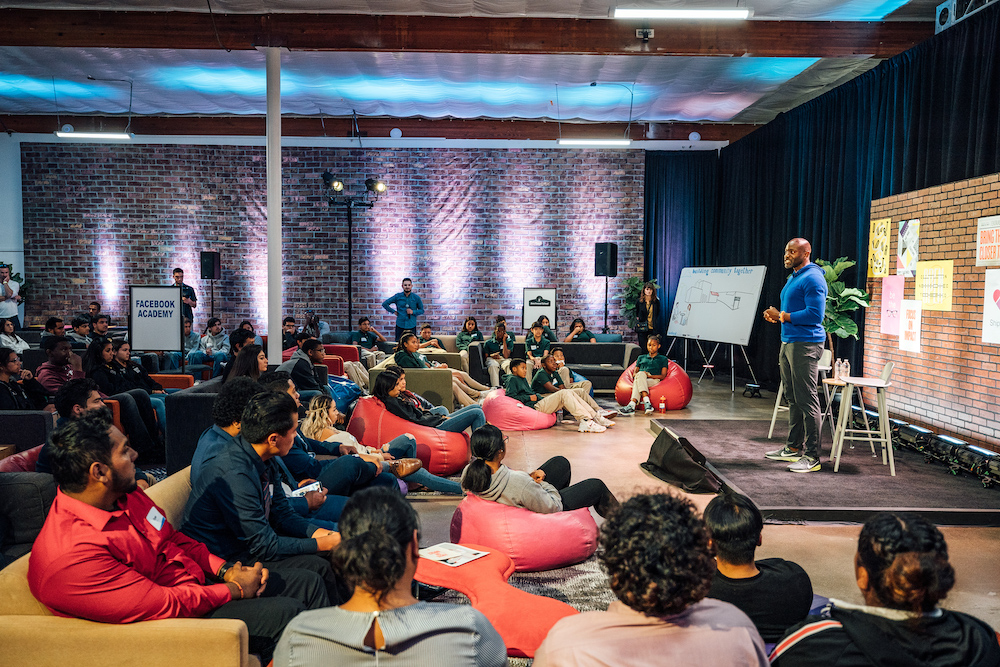Framing value refers to the way in which a particular product, service, or idea is presented or perceived in the minds of customers and other stakeholders. This can include the attributes, benefits, and features of the product or service, as well as the way in which they are marketed, positioned, and communicated.
The process of framing value involves highlighting the most important and relevant aspects of a product or service, and positioning it in such a way as to maximize its perceived value in the minds of customers. This can include emphasizing the benefits and features that are most important to the target audience, as well as using marketing techniques such as pricing, promotion, and packaging to reinforce the desired perception of value.
Framing value is an important aspect of product design, marketing, and customer engagement, as it can have a significant impact on customer behavior and decision-making. By framing value effectively, organizations can increase customer perception of value, build brand loyalty, and increase customer satisfaction and sales.
Design in action and Smart movement.
The definition of value proposed in this post emerged from the understanding of
what is the goal of preliminary design work in contexts characterized by long supply
chains and enterprise collaboration. Such a definition is grounded on the idea that a
“pure” definition of value is not possible, rather that value assumes a different meaning,
based on the context in which it is considered. The definition proposed should therefore
not be considered as the unique definition solving the problem of interpretation of value
by different stakeholders; it has, instead, to be seen as the answer to a specific need
highlighted in a preliminary design context.
A Wardley Map is a visual tool used in business strategy and management to represent the evolution of value in a supply chain. It provides a high-level view of the different components of a business and their relative value, allowing an organization to understand the landscape of its offerings and identify opportunities for improvement. The map consists of four types of components: commodities, generic components, proprietary components, and custom components. Each type of component represents a different stage of the value chain, from commoditized products to bespoke solutions. Wardley Maps help organizations align their strategy with the changing value in their market and make informed decisions about the development and deployment of their products and services.
Achieving a moving target requires a flexible and adaptive approach. Here are some steps that can help:
- Clarify the objective: Clearly define the target, including its desired outcome, time frame, and any constraints or limitations.
- Monitor progress: Regularly assess your progress towards the target and make adjustments as needed.
- Be proactive: Anticipate potential obstacles and develop contingency plans to overcome them.
- Stay flexible: Be open to changing tactics and strategies as circumstances evolve.
- Collaborate: Work with others who have a stake in the outcome to identify and overcome challenges together.
- Stay focused: Keep the target in mind and prioritize actions that will help you achieve it, even as it evolves.
- Celebrate small wins: Acknowledge and reward progress along the way to maintain motivation and momentum.
Remember, achieving a moving target requires a combination of persistence, adaptability, and teamwork. Stay focused on your goal and be willing to adjust your approach as needed to succeed.
Team topology refers to the structure and organization of a team. It encompasses the number of team members, the roles and responsibilities of each member, the relationships between members, and the distribution of authority within the team. There are several types of team topologies, including:
- Functional teams: These teams are made up of members who have similar skills and expertise. They are often organized by department or function, and they are typically responsible for a specific aspect of the organization’s work.
- Cross-functional teams: These teams are made up of members from different departments or functions who come together to work on a specific project or task. Cross-functional teams bring together a diverse set of skills and perspectives, which can be valuable in problem-solving and decision-making.
- Matrix teams: These teams are structured so that members have multiple reporting relationships. They often involve members from different functional teams who work together on a project or task, but also report to their functional managers.
- Project teams: These teams are formed for a specific project or task, and they disband once the project is complete. Project teams often include members from different functional areas and may include both internal and external stakeholders.
- Virtual teams: These teams are made up of members who work from different locations and communicate primarily through technology. Virtual teams can be functional, cross-functional, matrix, or project teams.
Choosing the right team topology depends on the specific requirements of the task or project and the organization’s goals. A well-designed team topology can improve collaboration, increase efficiency, and support the achievement of the team’s objectives.
A cross-functional team topology is often more adequate for a value stream, as value streams often involve multiple departments or functions within an organization. A cross-functional team includes representatives from all relevant areas, such as product development, engineering, marketing, and operations, to ensure that all perspectives and requirements are considered.
In a cross-functional team, each member brings unique skills and expertise to the table, and the team works together to identify and eliminate waste and inefficiencies in the value stream. The team also collaborates to design and implement improvements that support the flow of value to the customer.
By working together, the cross-functional team can provide a comprehensive view of the value stream, identify opportunities for improvement, and ensure that all necessary resources are aligned to achieve the desired outcomes.

No responses yet